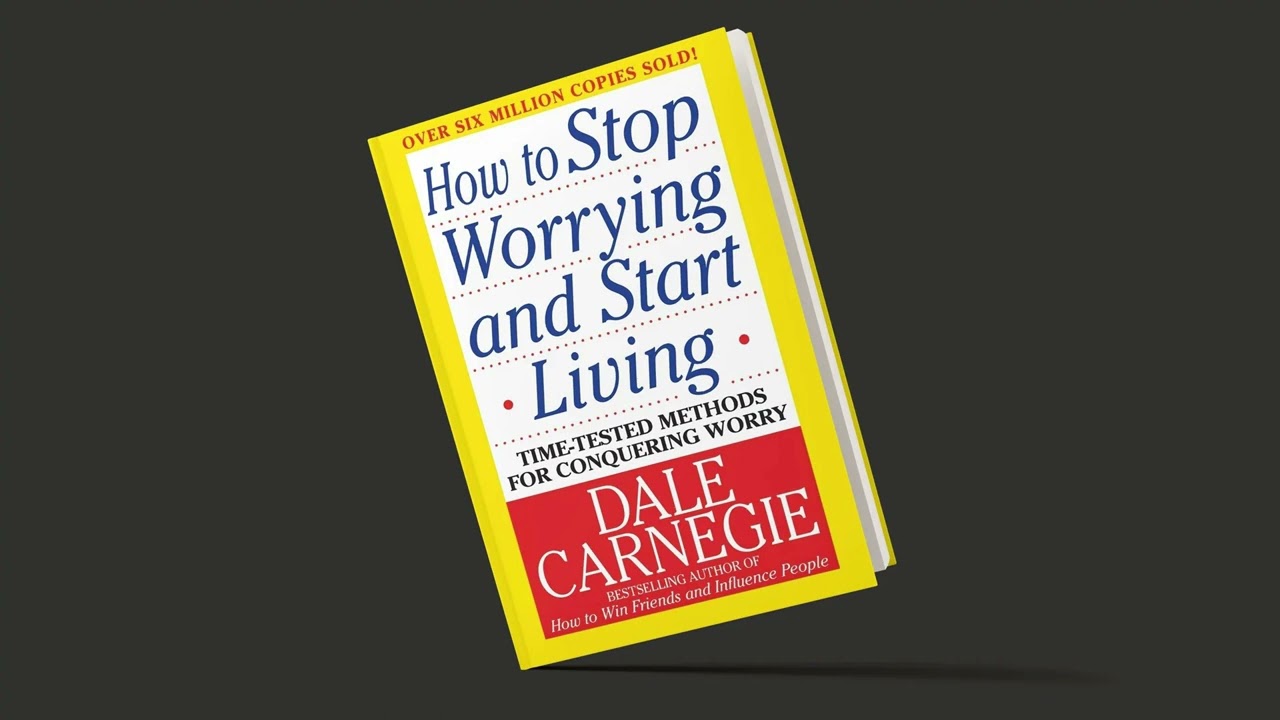In today’s fast-paced world, stress and worry can seem like unavoidable consequences of modern living. However, Dale Carnegie’s timeless self-help classic, “How to Stop Worrying and Start Living,” offers practical advice and insights that promise to transform your approach to everyday challenges, enabling a more serene and productive life. Here’s a summary of Carnegie’s profound guidance encapsulated in this influential book.
Understanding the Nature of Worry
Carnegie begins by dissecting the nature of worry and its impact on our health and productivity. He shares personal anecdotes and stories from individuals who learned to overcome their anxieties. One of the central tenets of his approach is the idea that worry is essentially rooted in our handling of uncertainties and the negative predictions we create about future outcomes.
Living in “Day-tight Compartments”
One of the book’s most powerful concepts is living in “day-tight compartments.” Carnegie borrows from Sir William Osler who advised that, just like a ship’s compartments can contain water in their respective spaces to avoid sinking, people should also learn to live and cope within the confines of each day. By focusing solely on today, without the burdens of yesterday or fears of tomorrow, we can significantly reduce our stress levels.
Techniques to Combat Worry
Carnegie offers several actionable techniques to manage and eliminate worry. These include:
- The Magic Formula for Solving Worry Situations: Analyze honestly what is the worst that could possibly happen, prepare to accept it if necessary, and then calmly proceed to improve on the worst.
- The Law of Averages: Evaluating whether a worry is based on a realistic probability or an exaggerated fear can help in assessing its validity.
- Keeping Busy: An idle mind can breed worry, hence staying actively engaged can distract from unnecessary worrying.
The Importance of a Positive Attitude
A substantial portion of the book discusses the significance of adopting a positive attitude. Carnegie emphasizes gratitude and the habitual search for things to appreciate as opposed to criticize. He also suggests that kindness and altruism can redirect one’s focus from self-preoccupied worrying to a more fulfilling outward focus on others.
The Role of Relaxation and Rest
Recognizing the role of physical health in mental well-being, Carnegie encourages regular relaxation, rest, and self-care. He highlights simple relaxation exercises and stresses the importance of adequate sleep, advising against work-induced exhaustion as a source of worry.
Summary of Key Takeaways
“How to Stop Worrying and Start Living” is not just a book but a manual for a lifestyle overhaul. Key lessons include:
- Embrace living in the present.
- Prepare for the worst but hope for the best.
- Engage fully in activities to keep the mind from dwelling on unproductive thoughts.
- Cultivate a positive outlook through gratitude and helpfulness towards others.
- Prioritize physical well-being to support mental health.
Dale Carnegie’s book remains a cornerstone in self-help literature for those seeking to eliminate worry and enhance their quality of life. It’s a recommended read for anyone looking to break the chains of anxiety and embrace a more peaceful existence

